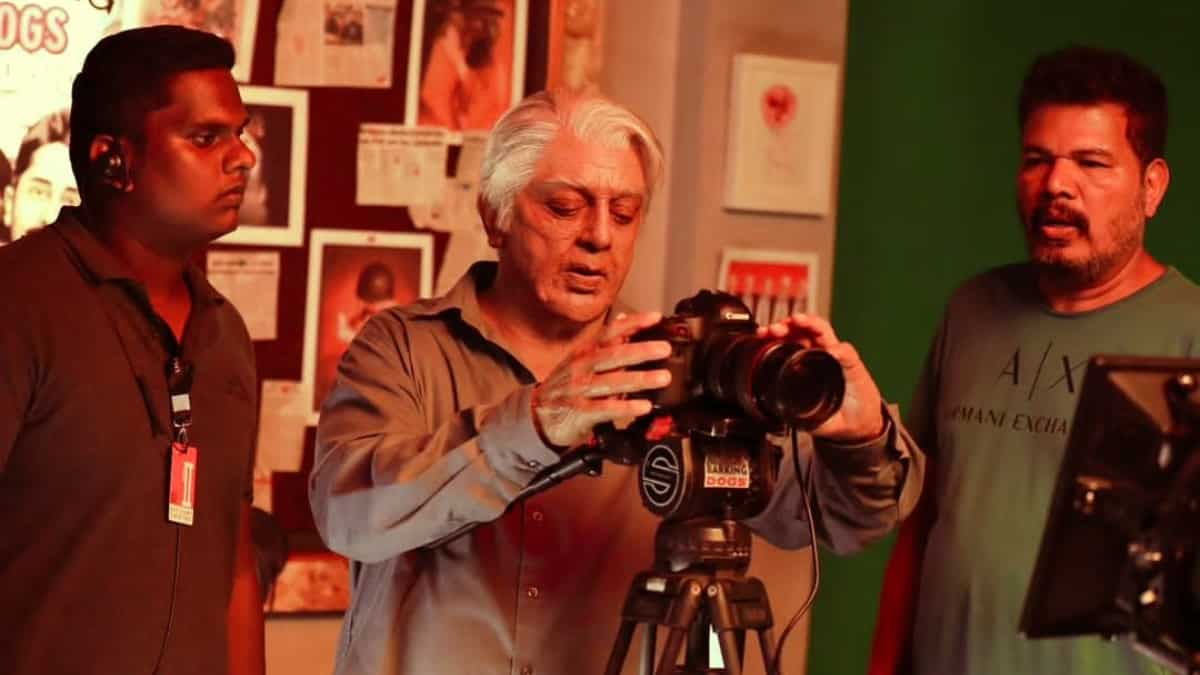
Waste less, travel light, live green: Easy (no, really) hacks from experts
8 days ago | 26 Views
The bad news: There’s no way to be 100% sustainable, to generate absolutely zero waste, or to travel without any impact on the planet. The good news: It’s possible to tread lighter and leave less of a mess as we make our way through modern life. “The aim is to be conscious of how we’re living,” says content creator Pankti Pandey, who posts hacks to make sustainable living easier for urban consumers. Start small, build better habits, scale up. Three experts show you how.

Are those high-waste jeans?
Mridula Joshi, a Bengaluru-based content creator (@ullisu.official) posts about the environmental repercussions that rarely register with consumers. Fast-fashion, particularly, contributes to greenhouse gas emissions, clogged landfills, and microplastics accumulating at the bottom of oceans. Shop less, upcycle more, she says. It’s possible to be stylish without contributing to textile waste.
Start with a 10-day challenge. Pick 10 items from your wardrobe – jeans, tops, dresses, whatever – and aim to wear only those 10 garments for the next 10 days. “You’ll realise that you don’t need to buy so many clothes; you can re-style what you already own,” Joshi says. Before adding yet another poplin summer dress to the online cart, analyse what drives you to spend. Is it for the thrill of a discount, another impulse, because you’re stressed, because it’s 1am and you’re scrolling in bed, or because you believe you need a new outfit for every occasion?
Joshi also recommends normalising thrifting and borrowing. “Be unashamed of it,” she says. Sound as pumped about a thrift find as a Zara haul. Don’t gatekeep. Tell friends where you shopped. Encourage them to do it too. “We need to start renting, swapping, and borrowing things from our friends and family.”
She’s gathered textile scraps and cut up old socks and undergarments to stuff cushions. But the most important hack is watching what you buy. “Stop and think whether you can use an item in multiple ways. Whenever I’m buying something, I buy it with the mindset that it’s going to be discarded someday,” she says. “Always expect waste to happen to prevent waste from happening.”

How green is your vacation?
Aakash Ranison (@aakashranison), author of I’m A Climate Optimist (2023), was galvanised into eco-conscious travel on a trip to Ladakh in 2014, when he noticed how much trash tourists leave behind. Food packaging made up the bulk of the garbage along Leh’s roads. “It’s not just the accumulation of waste but also the problem of disposal,” he says. “Burning large amounts of plastic in such a delicate environment is dangerous for its glaciers.”
Ranison factors in sustainability on every trip he has taken since. In September 2021, he walked the 448kms from Manali to Leh, pitching a tent instead of staying at big waste-generating hotels. Everyone can make small green tweaks to their holiday plans, he says.
On vacation, eat local and seasonal food instead of items that require ingredients to be brought in. So, in Ladakh, don’t order a banana shake or a blueberry juice, have sea buckthorn tea, he advises. In Assam, opt for local jamun juice instead of exotic blackberry shakes. On a road trip, carry an empty lunch box and a flask, and refill it at restaurants, so there’s less packaging to discard.
Even luggage can weigh down an ecosystem. When possible, pack everything into a rucksack, rather than a suitcase, so you’re less dependent on a car, and can hop on to public transport. “I’m also minimal in terms of clothes. I just have the same T-shirt in a few colours and a single pair of shoes, in which I go everywhere,” he says.

Do you check before you chuck?
Pankti Pandey (@zerowasteadda) adopted a zero-waste lifestyle in Ahmedabad seven years ago. Of course, she has a trash can. It’s impossible to live life and not generate garbage. Going zero-waste means reducing what you throw away, avoiding single-use items and reusing items as much as possible.
So, Pandey turns her orange peels into cleaning sprays. She rinses veggies in a bowl, not under a running tap, and uses that water for her plants. She carries her own cutlery when she goes to cafes, so there’s no need for Styrofoam cups or paper plates that will live for years in a landfill.
All of this, she says, is made easier by the ABCD technique: A for Avoid single-use products. B for Be responsible. C for Compost kitchen waste. D for Discuss climate change with people.

Most folks aiming to go zero-waste start with a waste audit – simply tracking what fills the bin every day, to determine what can be avoided. For some, it’s the cardboard boxes from online deliveries. For others, it’s the free sachets of ketchup that got delivered with the burger, soggy tea leaves, or tissue. The way out: Shop online in bulk so it all comes in a single box, ask the restaurant not to send sauces, use the tea leaves as natural fertiliser, get reusable hankies.
“Everyone’s zero-waste journey will be different. If you can’t reuse your items, send them for recycling. If you can’t recycle, refuse to buy those products. Ultimately, you need to be conscious about your contribution to the landfill,” she says.
Read Also: rude food by vir sanghvi: the rice and rice of biryani

















